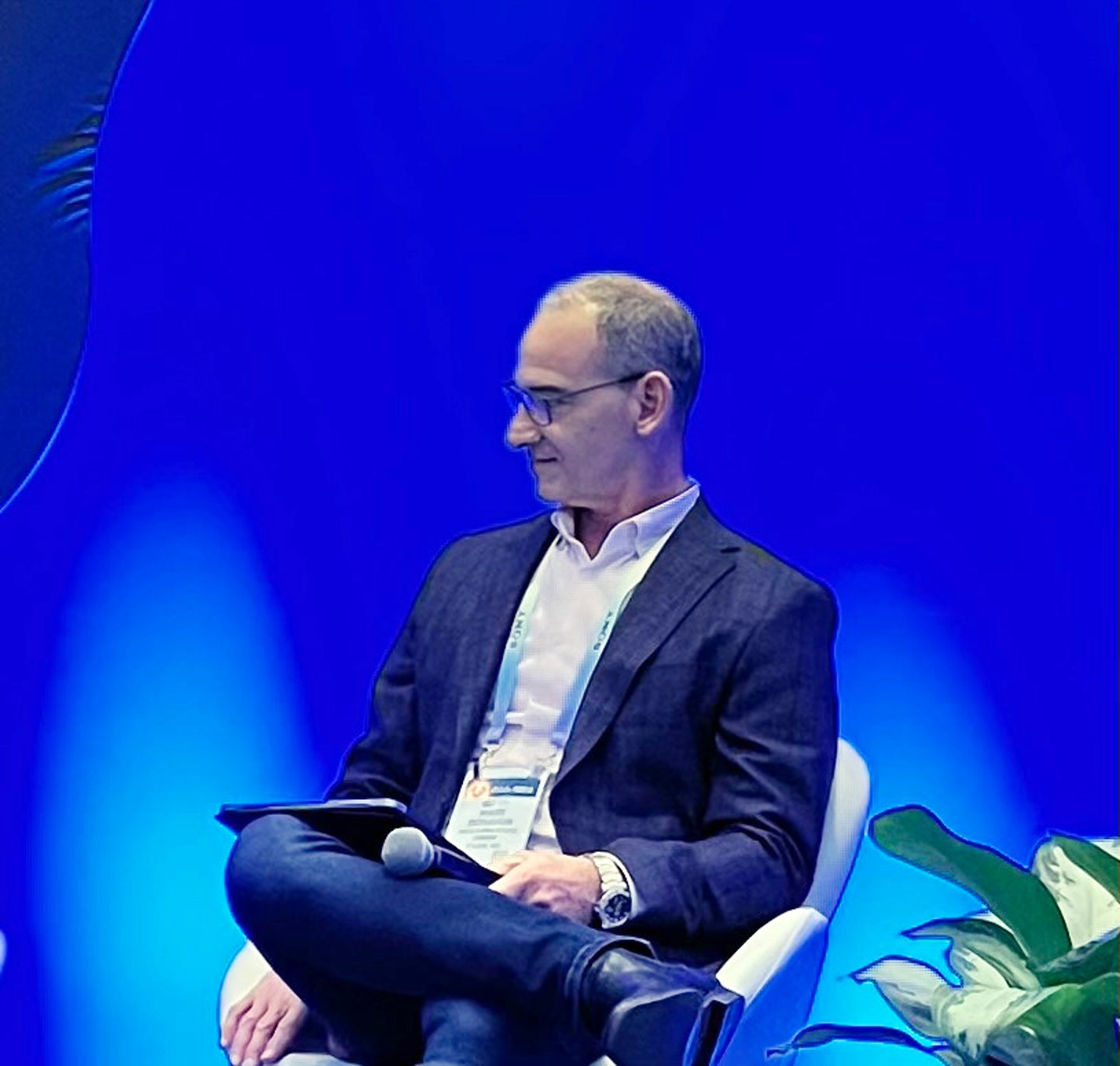CPG at CES 2024: Nestle Purina’s IoT Innovation (and Tips for Product Leaders)
It’s a bit of a squicky topic, but there’s a lot a consumer goods company can learn from a pet’s bathroom habits.
If you’re a CPG like Nestle Purina, it’s valuable enough to make it the target activity for an IoT product launch in 2022. Now, just over a year later, the company is incredibly optimistic about the potential commerce opportunities and societal impact it could have.
Developed to help pet owners identify early signs of such irreversible health issues as renal failure, Nestle Purina’s Petivity device leverages sensors and artificial intelligence to track a cat’s litter box behavior and detect any indicating a potential health issue.
“Interestingly, this provides a window into human behavior: when you’re adding litter, when you’re scooping, how you’re scooping,” said Mark Donavon, Nestle Purina head of digital strategy and ecosystem development, at a CES panel in Las Vegas on Thursday.
Both the cats and their owners are generating first-party data for the company to leverage; while Donovan said it’s still early days, they expect to learn more about consumer behavior at home based on their pet’s behaviors.
What’s more — and describing it as something exciting that they’ve yet to really wrap their minds around fully — Donavon noted that the biggest reason cats end up in shelters is because they’re failing to use their litter box; however, the most common reason this occurs is because the litter box isn’t clean enough, which pet owners don’t realize, he said.
“We’ve created a solution that can change that dynamic completely. In addition to predicting health insights based on behavior pattern changes we see so we can sell advanced nutrition foods for your pet, we can help pets live longer and keep them out of shelters — all enabled by data and AI.”
Product Leader Hurdles and Stamina
It’s not always easy being a product leader in a mature company. Hosted by Capgemini and featuring a selection of cross-industry partners, Donovan and his fellow panelists exchanged tales of overcoming common obstacles associated with technology innovation — something that’s become more complex with the rapid escalation of artificial intelligence.
However, in sharing a tale that’s likely familiar to many CPGs, Donavan said that he spends more time solving challenges relating to change management than those with technology.
Learn how Nestle is tackling data collaboration at Analytics Unite, held May 1-3 in Chicago. Learn more.
While entering a new domain like AI is extremely difficult, “the consistent theme is that we can get the right smart people together to solve the technical problems.” Change management, however, is a different story: A mature organization is built for efficiency, he noted, and introducing new innovation by definition disrupts the natural order of what the organization was built to do.
“If you’re a product leader in a mature company seeking to do something different, the best advice is to persevere,” Donovan said. “The companies probably don’t understand or recognize that they need people like you — that are willing to persist and stand in the gap and hear you say no but not accept that it’s a no, and translate that in their head as ‘I haven't figured out how to get a yes yet, and I need to keep trying.’”
As for those in the C-suite, they would be wise to back those product leaders: “[They] need to realize they’re future-proofing your company, and they’re taking huge risks in your company. So stand with them and let them know you’re there to support them.”






